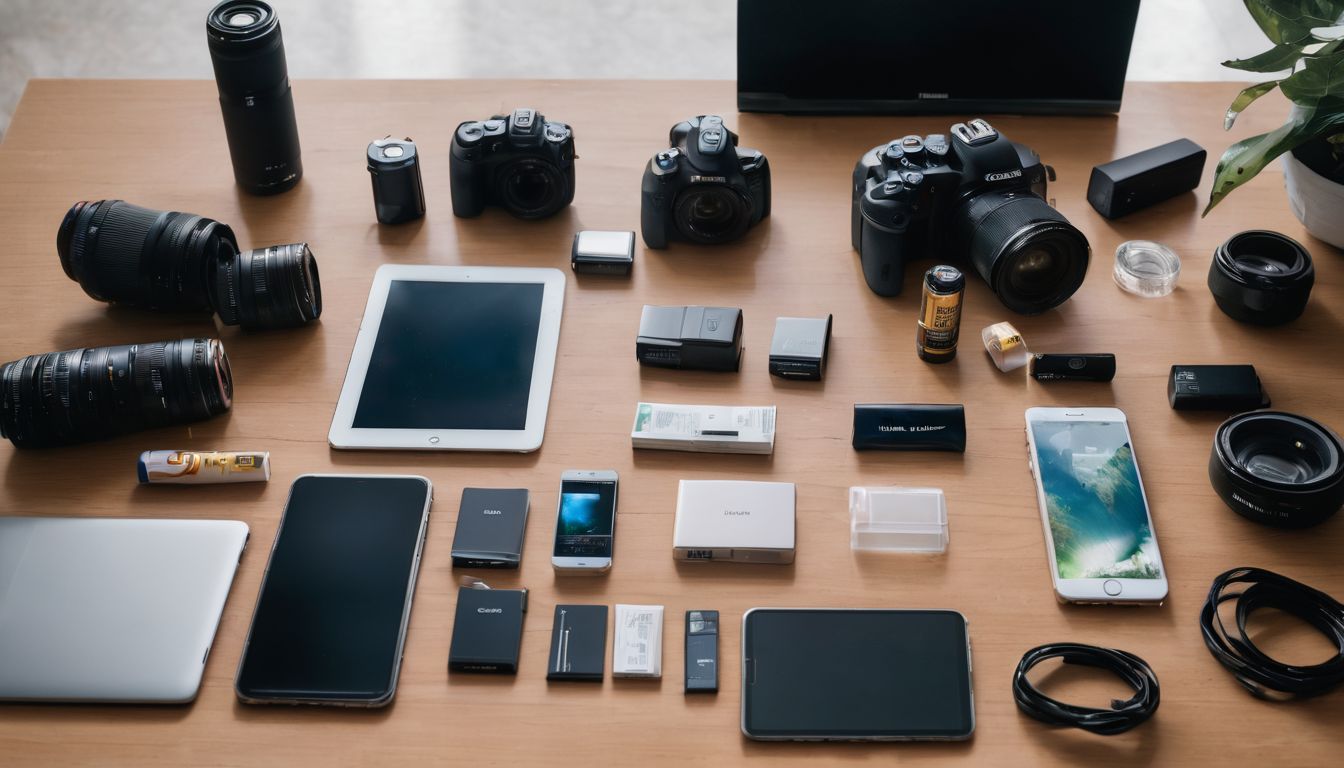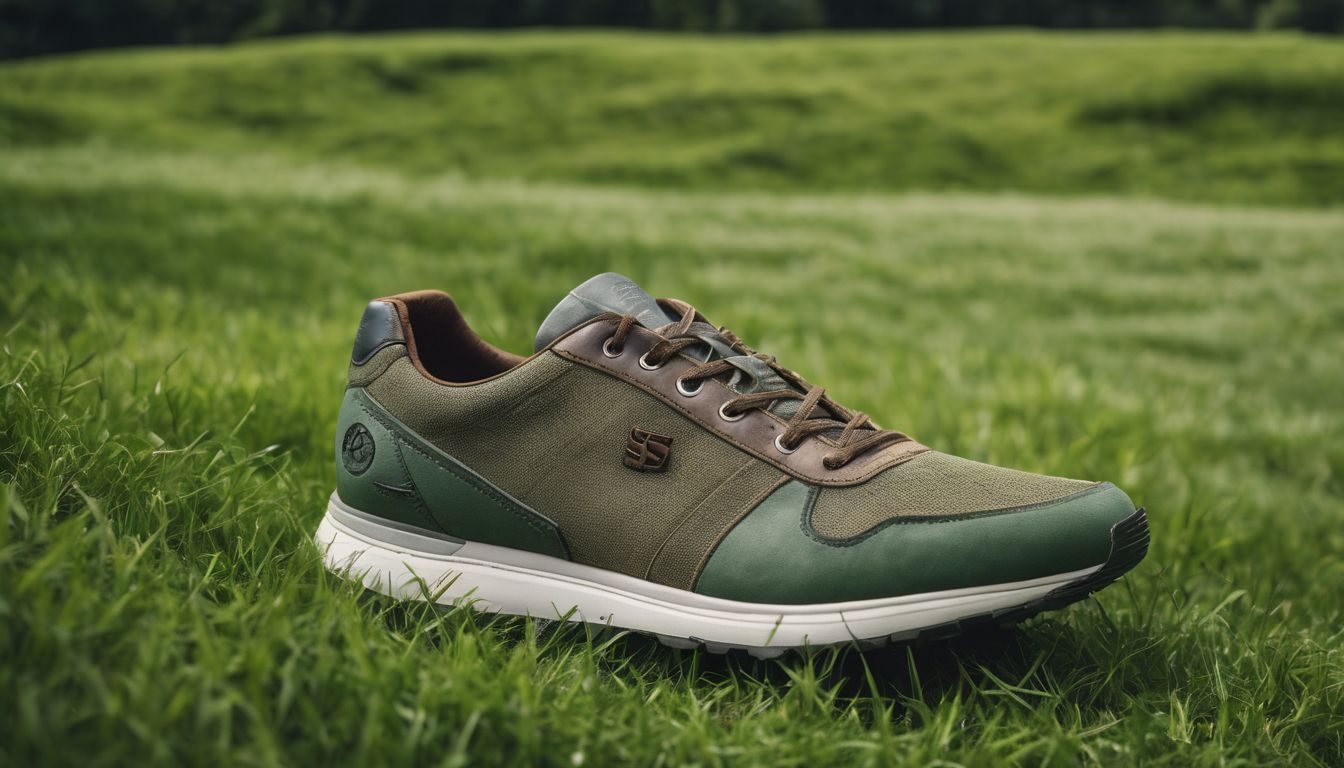Benefits:
For the environment: With fashion trends forever in flux, the shoe industry is booming and the life expectancy of shoes is shriveling. In the span of fourteen years, worldwide shoe production increased 70 percent, reaching 17 billion in 2004. Many of these shoes end up finding a home in landfills when their trendiness expires. In the UK, 100 million pairs of shoes are disposed of each year, many of which are still functional. The U.S. leads the world in shoe consumption with an average of 6.7 pairs per individual yearly.
Along with the issue of waste, there is also the problem of pollutants emitted during the production and distribution of footwear. Materials used to produce shoes – including leather, glues and solvents, plastics, and rubber – combine to produce millions of pounds of waste yearly. Toxic glues and solvents emit volatile organic compounds, or VOCs, which contribute to the formation of ground-level ozone. Many shoe factories are based overseas, with materials being imported from all over the world and then exported as a final product costing fossil fuels and CO2 emissions.
For the workers: The environments in which shoes and their components are produced can be intoxicating. Leather, a staple component of many shoes, requires the use of many chemicals to fend off decay. Of particular concern is chromium, which is used in 95 percent of the tanneries in the US. It is highly toxic and it is a suspected carcinogen. Although it’s not conclusive, there has been an association found between the incidence of leukemia and working in the production of leather shoes and boots. Solvents, glues, and some synthetic materials emit VOC, which can have ill effects on workers. Polyvinylchloride (PVC) is often used to make shoes and forms highly toxic organo-chlorine substances when incinerated.
In addition to the health of the workers there is the concern for their social well-being. The shoe industry is infamous for its lack of a conscience when it comes to labor practices and ethics. Sweatshops, wages below living wages, and child labor have plagued the image of shoemakers. Buying shoes from fair trade and fair labor companies sends the message that these practices are unacceptable.
For the animals: Although leather is legally considered a byproduct of the dairy and meat industries, the treatment of the animals is not always humane. Due to high demand, animals are often kept in overcrowded living quarters and they may suffer from brandings or tail dockings. Leather is typically manufactured from the skins of cows, sheep, pigs and goats, but it has been claimed that imported leather may come from the skins of cats, dogs, and threatened and exotic species such as snakes and alligators.
Cost: Low to High
Just like all shoes, green footwear varies in price. Choose ones that suit your spending budget.
Time and Effort: Low
It might take a few minutes to run a Google search to determine a shoe company’s environmental track record, but other than that it’s just like regular shopping.
Greening Your Soles:
Spy Before You Buy: Take the time to do some research on companies before you make purchases. Are they environmentally aware? What steps, if any, are they taking to reduce their ecological footprint? Co-op America has information for several athletic shoe companies at: http://www.greenamerica.org/programs/responsibleshopper/learn_hub.cfm. As for the other companies, you may have to run a Google search for them individually. Here are a few manufacturers worthy of a mention:
• Simple Shoes: With their goal to produce shoes that are 100 percent sustainable, they are making strides toward achievement. Their Green Toe line is exceptionally sustainable using material such as jute, water-based glue, organic cotton, bamboo, and crepe. They have shoes for men, women, and children.
• Ecolution: All of their shoes are made with durable hemp of comparable quality to leather. You cannot purchase their shoes through their website, but you can get them at www.rawganique.com. They offer boots, sandals and slip-ons for the whole family.
• Timberland: Aware of their environmental impact, Timberland is taking actions to reduce it. They have teamed up with Clean Air-Cool Planet to evaluate their impact and create a plan to reduce it. In 2006, the company rolled out nutritional labels for several shoe models, with plans to eventually include them on all models. The tags depict their impact on the environment and the community.
• Nike: No, your eyes are not deceiving you. The company recently has stepped it up in assuming corporate responsibility for their workers and the environment. From incorporating organic cotton, reducing waste, to finding chemicals that are climate change-neutral, the company has huge plans for reducing its environmental impact. Until these plans are actually fulfilled skepticism may be hard to fight off, but at least Nike is on the right track. Nike Considered is the name for its sustainable products line.
Fashionably Green:
Yes, there was a time when the term was oxymoronic, but times they are a-changing. Have no fear, you do not need to sacrifice style in order to soothe your eco-conscience. Check out these options:
• Mohop (www.mohop.com): The price might seem a bit expensive at first glance, but when you think of the endless possibilities of the shoe it is quite the bargain. For $185 you get the base of the shoe and five different tying ribbons. The basic wood of the shoe comes in differing shades, shapes, and heel heights and you have your choice of ribbon colors. Each pair is handcrafted using the most ecologically sound woods, glues, sealers, and inks the designer can find.
• Beyond Skin (www.beyondskin.co.uk): Your basic pumps, flats, and boots are handmade to order using animal free materials. They also have seasonal collections to spice things up. These greens will cost some green though with their cheapest pair starting at $250 and their most expensive topping off at $400. They also have a luxury label, Sui Generis, ranging in price from $500 to $850 per duo. (This is a British-based company so the prices are converted from pounds to dollars.)
• Charmone (www.charmoneshoes.com): The company was founded because of the lack of socially-conscious, stylish shoes available. Most of their shoes are within the $300 range and shoe collections vary seasonally. It is based in New York, but they are available online and at retailers throughout the US.
Save Your Soles: Don’t be so quick to send those old shoes off to the landfill. Try one of the following options.
1) Pass on your Soles: You may no longer find them to be worthy soles, but someone else may. Donate your worn, but functional shoes to charitable organizations, homeless shelters, and schools. They will put your would-be trash to use.
Soles 4 Souls: www.soles4souls.org
Salvation Army: www.salvationarmyusa.org
Goodwill: www.goodwill.org/page/guest/about/howweoperate/donate
Freecycle: http://freecycle.org
2) Heal Your Soles: Damaged heels can be easily mended, worn out soles can be replaced, and fabrics can be refinished. It is estimated that the shoe repair industry keeps 62 million pairs of shoes from meeting their doom in landfills. Pay a visit to your local shoe repair establishment, they may be able to bring some life to shoes that appear to have had their last hurrah.
3) Revitalize Your Soles: Simply tired of the style of your shoe? Release that inner designer and find ways to spiff them up. Use ribbon, string, beads, markers, safety pins, fabric, scissors, buttons, old accessories, or whatever else you can fathom and let your imagination run wild.
4) Reprocess Your Soles: If no one else will take them and there is nothing you can do to save them, then you still have the option of recycling them. The National Recycling Coalition and Nike are teamed up in the Reuse-A-Shoe project, accepting athletic shoes of all brands for recycling. The shoes are ground up and used to make tracks, basketball courts, tennis courts, and athletic fields. For non-athletic shoes contact your local recycling stations to find out if they accept them.
5) Check some other interesting options online, such as the Odd Shoe Finder introduced to us at Greeniacs in a Blog: http://www.wordpress-837916-4114959.cloudwaysapps.com/GreeniacsBlogs/If_The_Shoe_Fits.
If none of these options are suitable for your soles and you can think of no other option for them, then it’s off to the landfills they go.




